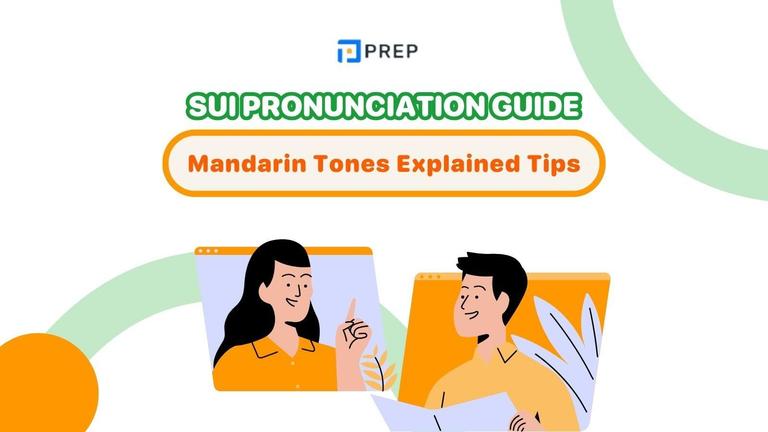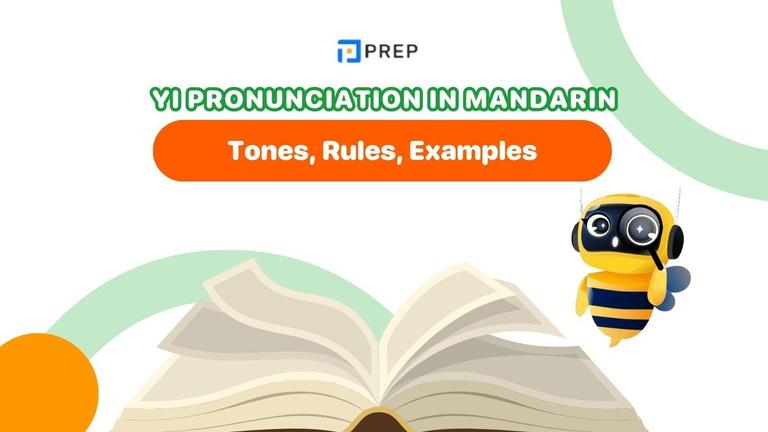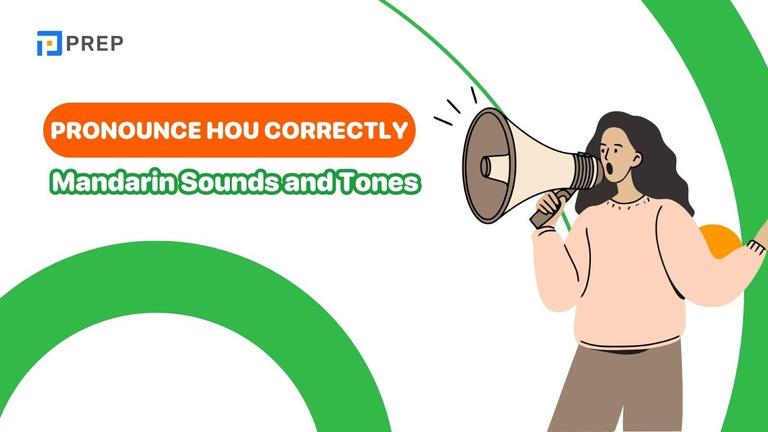Estimation in English: Meaning and How to Use It
What does estimation in English really mean, and how can you use it naturally in speaking and writing? This article provides a full explanation of its meaning, common usage examples, and practical tips for English learners at all levels—from beginner to advanced.
- I. What Does Estimation in English?
- II. Ways to Express Estimation in English Communication
- III. How to Use Estimation in English for IELTS Writing Task 1
- IV. Using Estimation in English in Business and Everyday Life
- V. Grammar Tips for Structuring Sentences with Estimation in English
- VI. Practice Exercises to Master Estimation in English
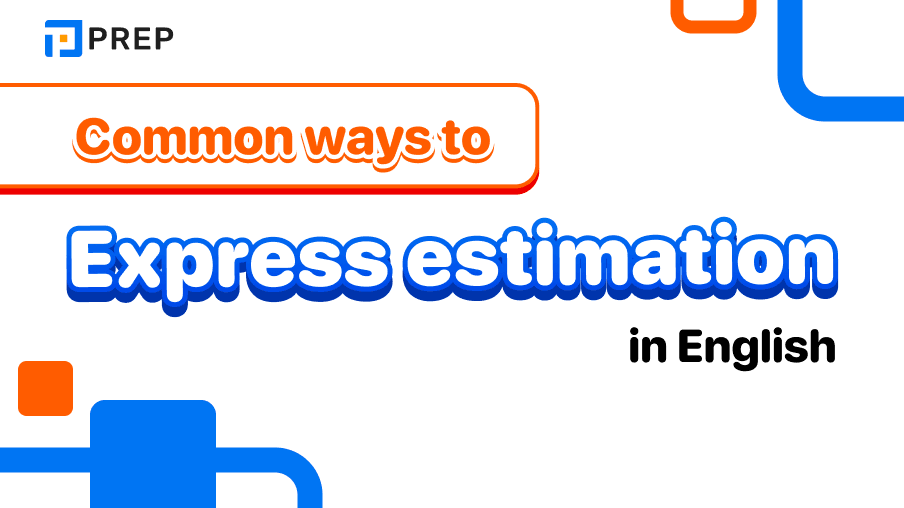
I. What Does Estimation in English?
In English, “estimation” refers to an approximate calculation or judgment about a value, number, quantity, or outcome when exact data is not available. According to the Oxford Dictionary, estimation is “a judgment or opinion about the value or quality of somebody/something.” The Cambridge Dictionary defines it as “a guess of what a size, value, amount, cost, etc. might be.”
Estimation is commonly used in both everyday and academic English, especially in situations where precise figures are not required or not possible to obtain.
For example:
- “The repair will cost around $200, but that’s just an estimation.”
- “In my estimation, the team will finish the project in two weeks.”
In formal contexts like IELTS, TOEFL, or business writing, estimation helps describe trends, comparisons, or projected outcomes when exact data is missing or unclear. Learners are encouraged to use estimation language in:
- IELTS Writing Task 1, where charts or graphs may not show exact numbers
- Listening or speaking tasks that involve discussing predictions or approximations
II. Ways to Express Estimation in English Communication
When exact numbers are unavailable or unnecessary, English speakers often rely on estimation to communicate effectively. Estimation can be expressed both before and after numerical values, using a range of adverbs, phrases, and structures. These expressions are especially useful in academic writing, casual conversation, and standardized tests like IELTS or TOEFL.
1. Expressions used before numbers
There are several common expressions in English that are placed before numbers to show that the value is an approximation, not an exact figure. These are especially useful in writing or speaking when exact data is unavailable or unnecessary.

|
Expression |
Example |
Usage Note |
|
About |
About 30 people attended the seminar. |
Common in both formal and informal contexts, including IELTS Writing. |
|
Around |
The meeting lasted around two hours. |
Slightly more informal than “about,” still acceptable in academic writing. |
|
Approximately |
The distance between the cities is approximately 120 km. |
Preferred in academic reports and IELTS Writing Task 1. |
|
Roughly |
The project will take roughly six months to complete. |
Semi-formal; common in business and informal reports. |
|
Up to |
The discount applies to purchases worth up to $500. |
Often used in business contexts like contracts and marketing. |
|
As many as |
As many as 100 applicants submitted their résumés. |
Emphasizes large/noticeable quantities; suitable in reports or summaries. |
|
In the region of |
The renovation cost was in the region of $25,000. |
Formal structure; frequently used in finance and business communication. |
These expressions help you write or speak more naturally and accurately, especially when absolute precision is not required—or when the data is unclear. In IELTS Writing Task 1, using such phrases shows flexibility in language and an understanding of how to describe data realistically.
2. Expressions used after numbers
In English, estimation can also be expressed by placing certain words or structures after the number. These expressions are especially common in spoken English, but many are also found in informal writing and everyday communication.
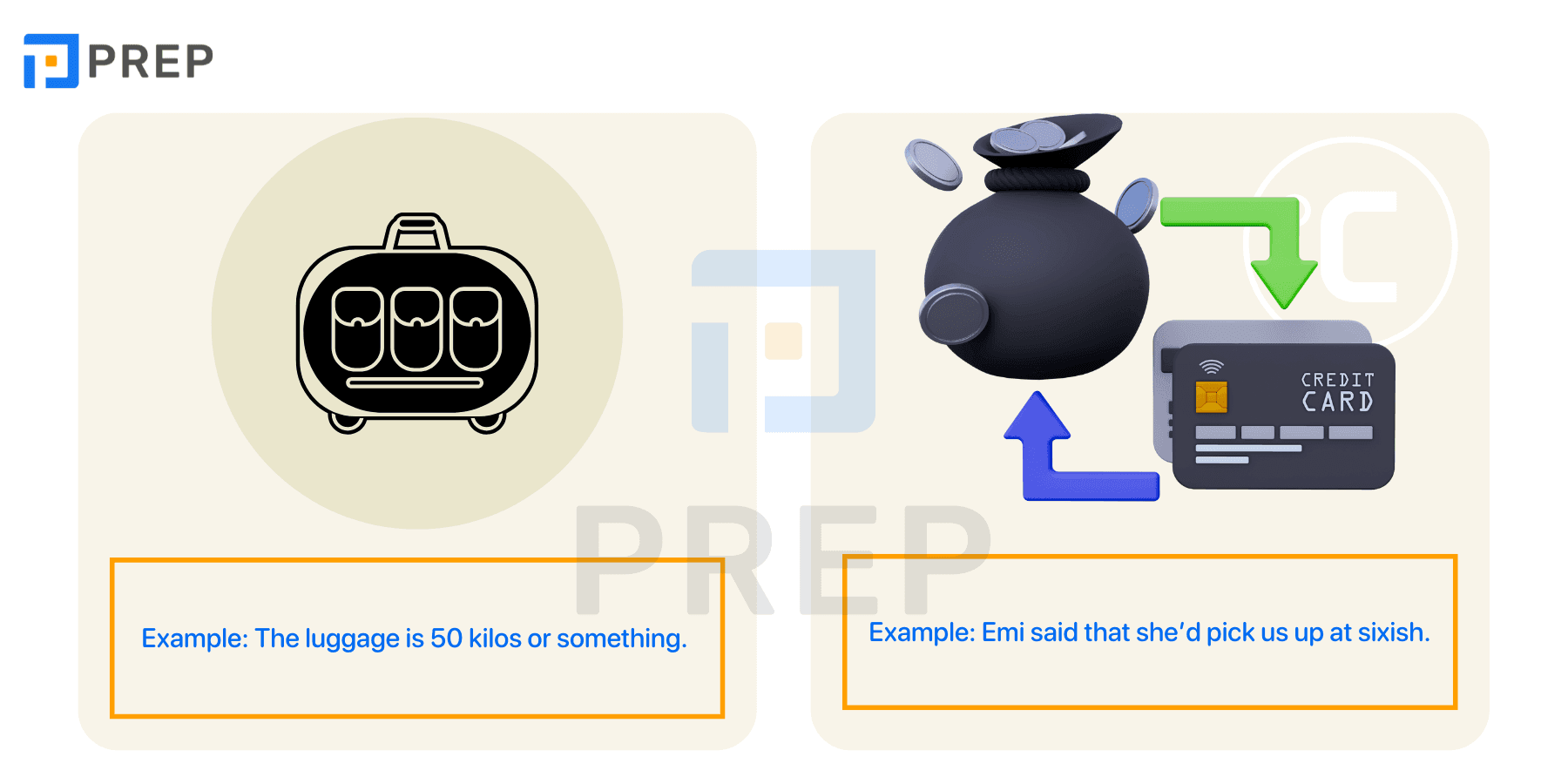
|
Structure |
Example |
Usage Note |
|
Number + -odd |
Forty-odd people came to the exhibition. |
Informal; mostly used in conversation. |
|
Number + or so |
I’ll be leaving in five minutes or so. |
Informal to semi-formal; natural in both speech and casual writing. |
|
Number + or something |
The luggage is 50 kilos or something. |
Casual; not suitable for formal or academic contexts. |
|
Number + or thereabouts |
It’s half a mile or thereabouts from here. |
Slightly more formal than “or something”; often used in narrative writing. |
|
Number + more or less |
This will cost $600, more or less. |
Informal; common in speech and casual emails. |
|
Using “or” between two numbers |
It usually costs four or six dollars. |
Neutral style; acceptable in informal description or spoken language. |
|
Number + -ish (suffix) |
Let’s meet at sevenish. |
Very informal; used only in conversation, not for academic use. |
While some of these may not be suitable for academic or formal writing (like the IELTS Writing test), they are useful to know for fluency and naturalness in speech.
III. How to Use Estimation in English for IELTS Writing Task 1
In IELTS Writing Task 1, especially with graphs, charts, and diagrams, you are often expected to describe data that is not presented in exact numbers or that may require rounded or approximate descriptions. In such cases, knowing how to express estimation helps you report trends naturally, avoid repetition, and demonstrate a flexible range of vocabulary.
In some IELTS Writing Task 1 questions, exact figures may not line up neatly, or several categories may contain similar values. Here are examples when estimation is appropriate:
-
When the graph does not show exact points, only general shapes or trends
Example: About 40% of people preferred option A, while roughly one-third chose option B. -
When summarizing a range of years or values
Example: Sales increased by approximately 15% between 2010 and 2014. -
When describing values that appear similar or close in height
Example: Both categories reached around 8 million units by the end of the period.
Below are some estimation phrases commonly accepted in Task 1 (formal and academic in tone):
|
Approximately / About / Around |
Approximately 60% of respondents... |
|
Just over / Just under |
Just under one-third of the population... |
|
A little more/less than |
A little less than half of the people surveyed... |
|
Roughly / Nearly / Close to |
Roughly 5 million people were affected... |
Note: Avoid informal alternatives such as "or so", "ish", or "or something", which are not appropriate for academic writing.
Sample writing paragraph applying estimation:
The bar chart compares the number of hours spent on household tasks by men and women in a typical week. Overall, women carried out significantly more household responsibilities than men.
In detail, females spent around 18 hours per week on housework such as cleaning and cooking, while males did approximately half that amount. Regarding childcare, women dedicated just under 10 hours, compared to roughly 6 hours for men. Leisure activities took up close to 12 hours for both genders.
Analysis: In this paragraph, various estimation expressions are used to avoid excessive repetition and to handle inexact visual data appropriately.
IV. Using Estimation in English in Business and Everyday Life
Estimation is not only used in academic and exam settings like IELTS, but also plays a vital role in real-world communication.

Estimation in Business English
In professional communication—especially in meetings, emails, reports, and proposals—estimation is often more appropriate than giving exact numbers. This helps avoid overpromising and leaves room for revision or uncertainty when precision is not possible.
|
Expression |
Example Sentence |
Tone/Register |
|
approximately |
The report is approximately 20 pages long. |
Formal / Academic |
|
about |
We received about 150 applications last month. |
Neutral / Business-friendly |
|
just over / just under |
Profit reached just over $1.2 million in Q3. |
Formal / Financial |
|
expected to / projected to |
The project is expected to take roughly 10 weeks. |
Professional / Planning |
|
roughly |
Shipping costs will be roughly $500. |
Used in reports/estimates |
Estimation in Everyday English
In informal conversations, English speakers use estimation to sound relaxed and friendly. Unlike business English, estimates in daily life are often less precise and use more colloquial or idiomatic expressions.
|
Expression |
Example Sentence |
Tone/Register |
|
around |
He arrived around 9 o’clock. |
Informal / Conversational |
|
or so |
I’ve been waiting for 20 minutes or so. |
Spoken English |
|
ish (suffix) |
Let’s meet at 6ish for dinner. |
Very informal / Spoken only |
|
or something |
He paid 40 bucks or something for that jacket. |
Casual / Vague |
|
more or less |
I'm done with the project, more or less. |
Relaxed / Common in speech |
|
odd (after numbers) |
There were 60-odd guests at the party. |
Informal / Narrative tone |
V. Grammar Tips for Structuring Sentences with Estimation in English
To use estimation effectively in English, it is important to apply correct grammar. This includes choosing the right noun type, articles, quantifiers, and verb agreement.
Countable and Uncountable Nouns
Some estimation expressions are used with countable nouns (students, hours), others with uncountable nouns (water, money).
Examples:
- Countable: About 30 people attended the meeting.
- Uncountable: Approximately 100 liters of fuel was consumed.
"A number of" goes with countable nouns, while "an amount of
Articles and Quantifiers
Estimation phrases often go with articles or quantifiers.
Examples:
- We need roughly a liter of milk.
- She spent about several hours on the report.
- He added a little
Subject–Verb Agreement
Even with estimated numbers, verbs must agree with the noun.
Examples:
- Around 50 students are expected. (plural)
- Roughly $500 is required. (uncountable, singular)
Avoid Redundancy
Use only one estimation phrase in a sentence.
- Incorrect: Approximately about 20 people joined.
- Correct: Approximately 20 people joined.
Grammatical accuracy makes your estimation sound both natural and professional, whether you're writing for IELTS or communicating in real life
VI. Practice Exercises to Master Estimation in English
To strengthen your understanding of how to express estimation naturally and correctly, try the following practice exercises. They are designed to help you
Exercise: Fill in the blank with the appropriate answer
|
something; or; around; more or less; sixish |
- A: When do you come to pick me up?
B: I finish work at 6, so I’ll see you _____ 6:30. -
A: How far is it from your house to your school?
B: I think it is 5 kilometers or ________.
-
A: How much water can this barrel hold?
B: It can hold 100 liters, _________.
-
A: What time did you get up this morning?
B: I got up at _______
-
A: Do you know how old her mother is?
B: I don’t know exactly, but I guess she is 40 _____ 41 years old.
Answers
|
1 - around |
2 - something |
3 - more or less |
4 - sixish |
5 - or |
Estimation is a useful and versatile tool in English, especially when describing data, making predictions, or speaking more naturally. By learning how to use estimation correctly and appropriately across different contexts, you can improve both your writing and speaking skills.
If you want to strengthen your Task 1 writing and sharpen your listening accuracy, you can explore related courses available at PREP.

Hi I'm Chloe, and I am currently serving as an Product Content Administrator at Prep Education. With over five years of experience in independent online IELTS study and exam preparation, I am confident in my ability to support learners in achieving their highest possible scores.
Comment
Premium content
View allPersonalized roadmap
Most read




